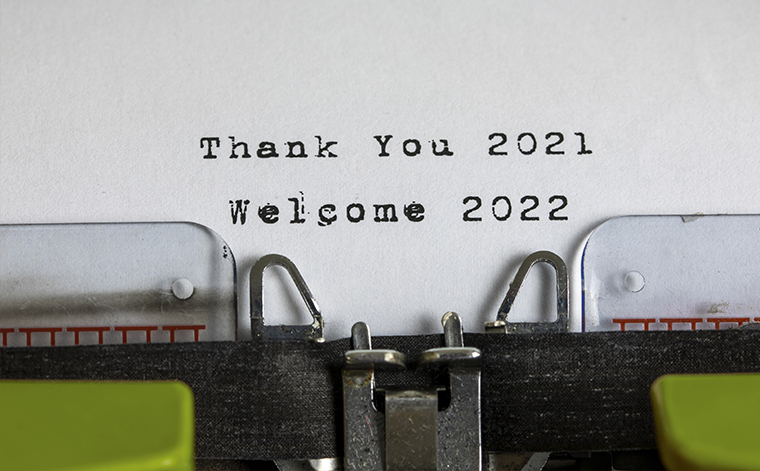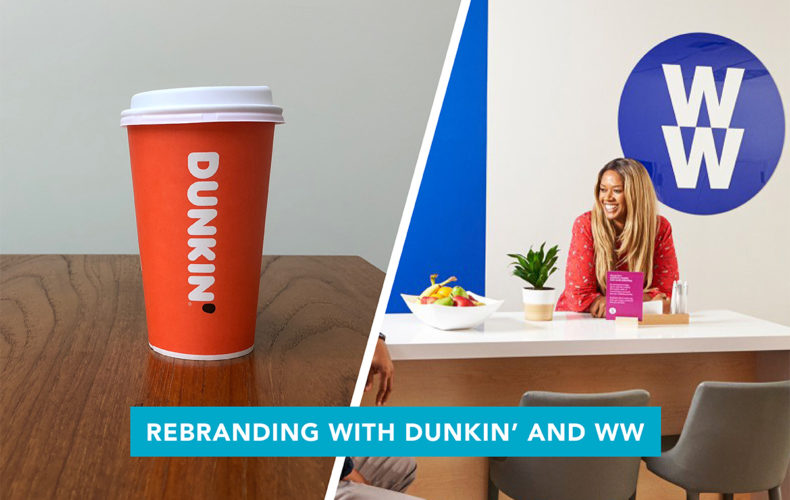As branders, we love watching brands evolve, grow and take charge. How a rebrand unfolds, and the reasons behind it, is intriguing at least. And done well, a rebrand can make a big difference in fan loyalty and market share. Two very popular consumer brands officially announced brand updates within days of each other, and while “rebrand smackdown” may be a slightly exaggerated way to refer to it, we think it could be fun to compare notes for these two established, consumer-facing brands.
So, why would two-decades-old companies like Dunkin’ Donuts — now Dunkin’ — and Weight Watchers — now WW — choose to rebrand? And what effects will their rebrand mean to their loyal and prospective customers? READ MORE












